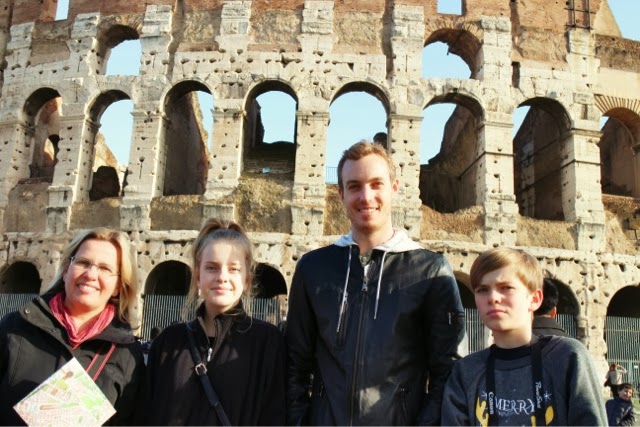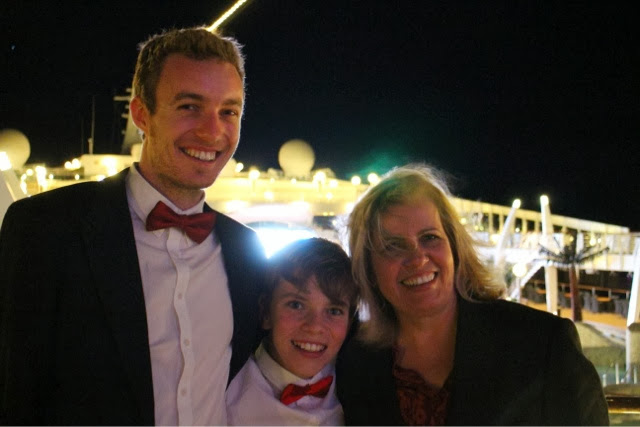We will try again at opening this morning, but I am not optimistic.
On the grand tour, one sees a museum or two. It has sharpened my idea of what makes a great one. This is personal, of course.
It is not the biggest, grandest, most comprehensive collection. It is not the most famous thing. It is not good English interpretation, although I'll admit this monoglot appreciates that.
It comes down to something, usually one thing, that evokes. An idea or a feeling that stays with you.
The Barcelona Maritime Museum is housed in a naval shipyard built in the 15th century. The vast arched space sits where the harbour's edge once was, at the start of la Rambla.
It was built to make war galleys - battleships. Massive craft that combined sail and rowers in a fast, manoeuvrable combat machine. They were the state of the art in warfare - the F 18 Super Hornet of its day. The shipyard could crank out thirty at a time.
Sitting there in this 15th century naval shipyard is a galley. It is a replica of the Royal Galley built in this yard in 1568. It is enormous, sleek and beautiful. It is 60 m long, with a crew of 238 sailors, rowers and soldiers.
In 1571, it fought in the battle of Lepanto in the eastern Mediterranean off Greece, between allied christian forces and the navy of the Ottoman Empire. This was a christian muslim showdown, with 460 ships. In four hours, 37000 men were killed. The good guys won.
Catholics still celebrate this happy day each October as Our Lady of the Rosary, because Pope Pious V attributed the win to the intervention of the Blessed Virgin Mother Mary. Who knows?
Imagine standing in a 500 year old shipyard, alongside a warship identical to one built there in 1568. A religious experience?






















































